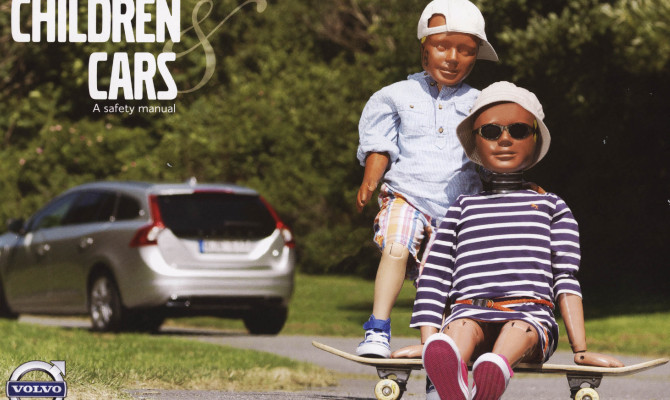At a speed of just 40 km/h, a child that weighs only 30 kgs will suddenly weigh the equivalents of a tonne (1,000 kgs) in a collision…
Car smashes are the leading cause of accidental death among children in British Columbia.
According to government statistics, every year more than 1,300 children under nine are injured or killed. Putting that in scary perspective, that’s the equivalent of around five elementary schools.
It’s estimated that the proper use of child car safety seats reduce the risk of injury by a massive 85 percent and death by 70 per cent. Very frightening then to contemplate that around five percent of parents don’t put their children in seats and of those that do, more than half improperly install them.
It’s an issue to which I’m particularly attuned after the recent birth of my first grandson. I found myself grappling with a rear facing car seat – as legally required! After a few bruised knuckles and bruised head from bashing it on the door frame, Francis was installed safely as was his seat.
For years, the BC Automobile Association Child Passenger Safety Program has provided solid information, resources and training to make ensure parents do install these lifesavers correctly (http://www.bcaa.com/road-safety/child-passenger-safety/overview).
Now Volvo has produced a fabulous safety manual called Children & Cars, which is available free of charge at any Volvo dealership. Thoughtful and fascinating text imaginatively illustrated throughout with photos of child crash test dummies dressed in trendy attire.
It was penned for Sweden but the text in the Canadian version has been adapted to reflect our laws. While it is required here that children under 12 months must be placed in a rear-facing seat, it’s acceptable for children aged one to transfer to a forward facing seat. The Swedes take issue with that and say it’s better they stay in a rear facing seat as long as possible, often beyond three years.
The booklet explains that a baby’s head is large and heavy in relation to the rest of its body but its neck is just not strong enough to deal with the forces that would rock it in a frontal collision. And a detailed diagram of how neck vertebrae develops sure bolsters that assertion. In fact, the author argues we probably all should travel backwards for safety’s sake!
This was a revelation: at a speed of just 40 km/h, a child that weighs only 30 kgs will suddenly weigh the equivalents of a tonne (1,000 kgs) in a collision. Imagine that baby as an unrestrained project . . . no don’t, it’s just too gruesome.
Recent Comments
- { Enjoyed your Forest of Bowland in the BMW X5M, particularly the photo of the BMW in front of the main part of Stonyhurst College where... }
- { Bantam designed the Jeep, not Willy's or Ford. The American military gave the original Bantam prototype to Willys and Ford to copy. There is plenty... }
- { All Escalades come with a 6.2-lilter V8 engine that produces 420 horsepower. A six-speed automatic is the only transmission offered and drives the rear wheels.... }
- { Alexandra is an excellent journalist. }
Popular Posts
- Journey to a ‘Sparkling’ Luxury Okanagan Resort “Four lucky readers will put a Dodge Journey’s weekend-...
- The Need For Speed: Hike Those Highway Limits More than half of those polled believe the province sho...
- Drives-U-Crazy… Erratic drivers. An early morning drive from Kelowna to Vancouver is nor...
- Readers Respond: The Pros and Cons of Increasing B.C. Speed Limits Increasing the speed limits will only increase risk to...
- Honda CR-V Review: The Compact Crossover To Get Things Done The CRV is a very stylish and aerodynamic crossover veh...







